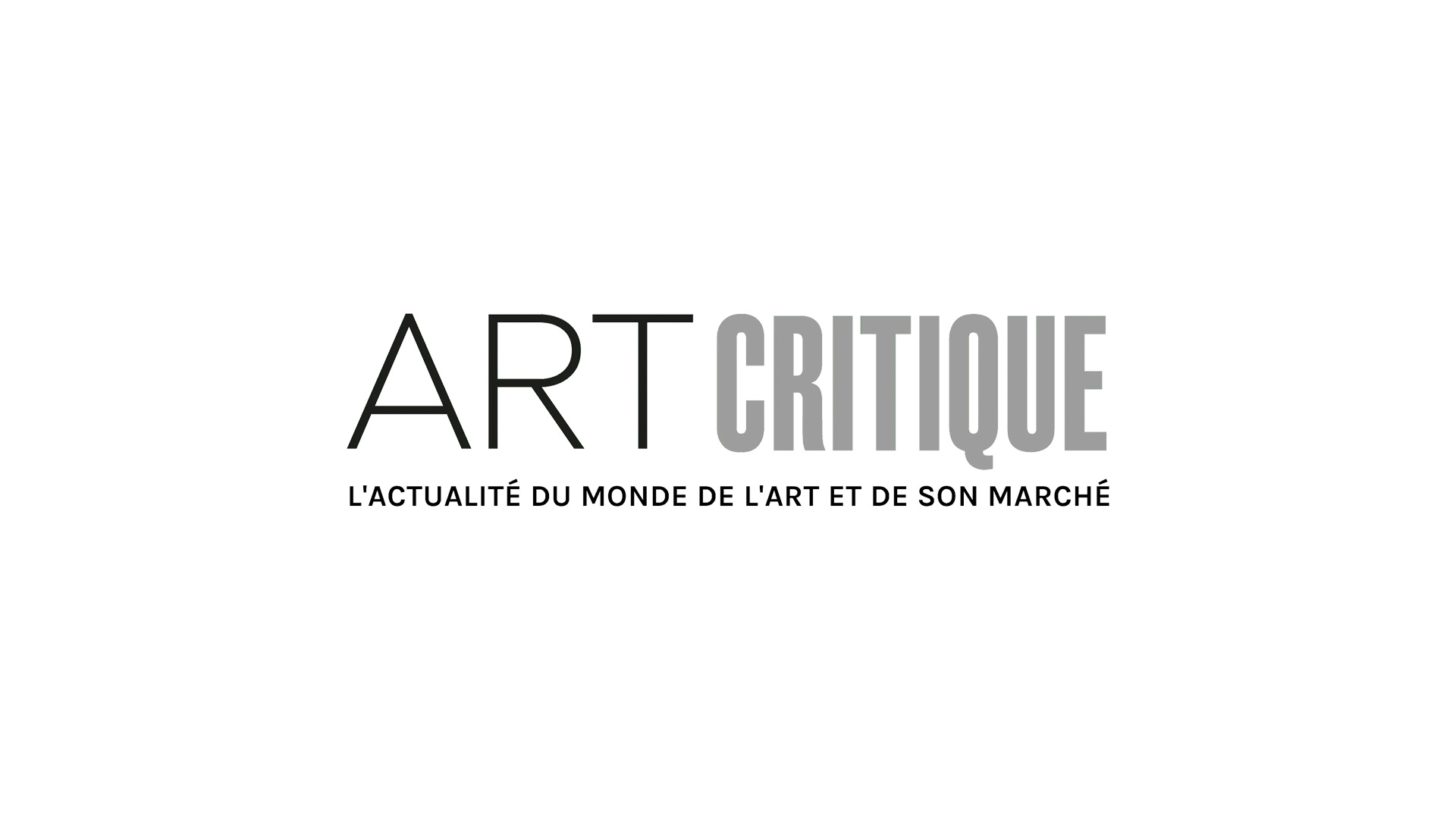In just a week, Guernsey’s auction house in New York City will bring a small, 11-inch bronze sculpture that is believed to be, at least by some, associated with Leonardo da Vinci. Titled Horse and Rider, the sculpture holds a pre-sale estimate of $30 million to $50 million, which is no small feat considering only a few other sculptures have ever sold for so much. Believed to be da Vinci’s portrayal of his patron Charles d’Amboise, the statue’s provenance is somewhat unconventional, at times confusing, and it has left some doubting if it is, in fact, linked to the Renaissance Master.
According to Guernsey’s, the statue in question, made in 2012 is the sole work cast from a 1980s mould that was a direct copy of a beeswax model that dates back to the 1500s. That beeswax model is thought to have been formed by none other than da Vinci himself. By the time the 1980s mould was made, though, the beeswax figure had deteriorated significantly leaving the horse with only one front leg and d’Ambroise, clad in full military regalia, without his arms, either.

In 1985, Carlo Pedretti, the late da Vinci scholar who has written many books on the artist, examined the beeswax model and of it, said, ‘in my opinion, this wax model is by Leonardo himself.’ Guernsey’s also references Professor Ernest Solari, a da Vinci scholar, who has stated his belief that the original beeswax mould was made by da Vinci. However, not everyone is sold on this.
Most notably in opposition is da Vinci expert and professor emeritus at Oxford University Martin Kemp who, after having examined the work a number of times, told Bloomberg: ‘It seems to me not credible as a Leonardo sculpture.’ He continued that it ‘has none of the characteristics of understanding horse anatomy and Renaissance Armor that you would expect from Leonardo.’ Echoing Kemp’s sentiments is Francesco Caglioti, a professor of art history at the Scuola Normale Superiore. Though Caglioti has never before seen the work, himself, and he noted to Bloomberg that any good historian should always see a work before deciding, he made an exception in this case stating:
‘Sometimes a work is so ridiculous and impossible that a scholar like me feels authorized to speak. This thing has nothing, nothing, nothing to do with Leonardo. I can’t imagine it was done before the late 19th century. It looks like a revivalistic work by the hand of somebody who tried to imagine a Renaissance horse and rider.’

For about three decades, the 1985 mould made from the beeswax model belonged to Richard Lewis. The mould, according to his wife, was mostly kept in a closet, but in 2008 it became a beacon of hope during the financial crisis. Lewis then founded ‘Leonardo da Vinci Equestrian LLC’ and had a bronze cast made from the mould in 2012. The sculpture and the mould were bought by Silverpoint Holdings, a Nevada investment group, in 2017 after Lewis passed away. Since the bronze was cast in 2017, a second series of Horse and Rider have been cast producing at least 70 sculptures, which are smaller than the 2012 version, in four different patinas. Sculptures from the secondary series sold for around $25,000 in the beginning and that price has since increased to around $35,000. The prolific nature of the sculptures in the second series have called into question the notion that the 2012 is an original work.
With or without irrefutable evidence as to if the original beeswax model was made by da Vinci, the sale will go on. Its timing is right on point as well, as museums around the world – most notably the Louvre at the moment – celebrate the 500th anniversary of the Old Master’s death. While, it’s likely that the bronze’s true origins will never be known, but it might bring joy to the next owner.
Read more about Leonardo da Vinci and the Louvre:
Louvre ditches Salvator Mundi over authenticity doubts
Louvre reinstalls the Mona Lisa in the updated Salle des États
Despite attempt to block loan of ‘Vitruvian Man,’ drawing heads to Louvre





